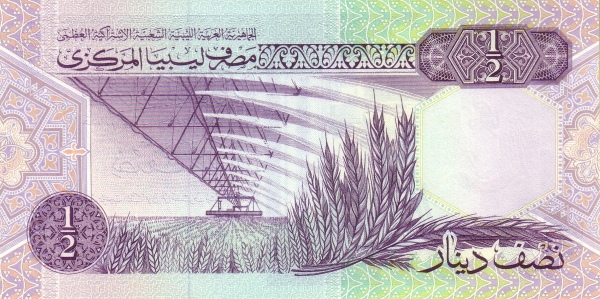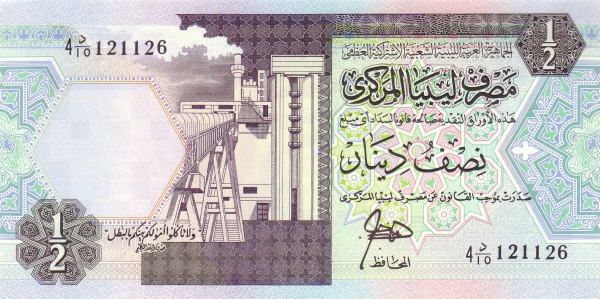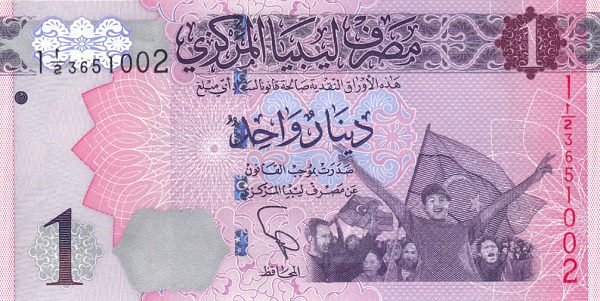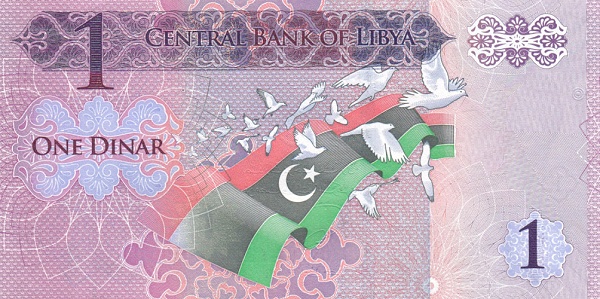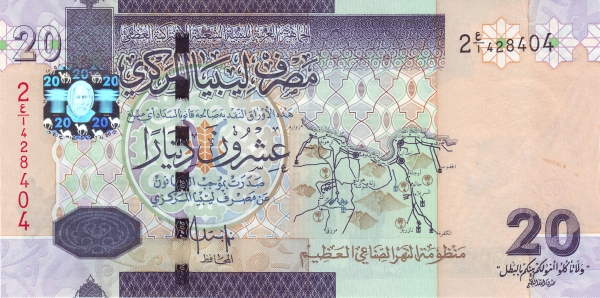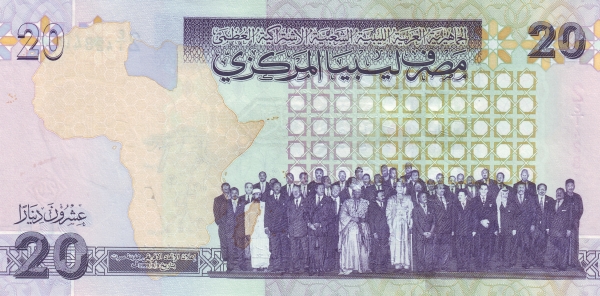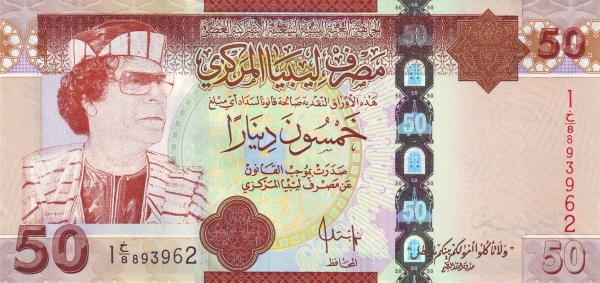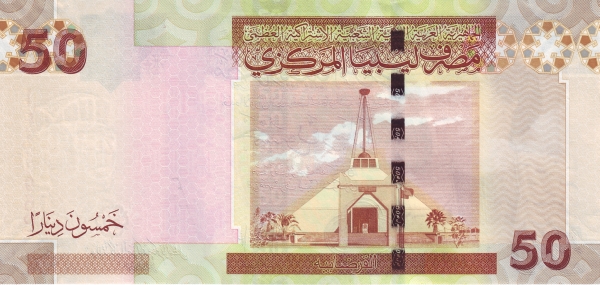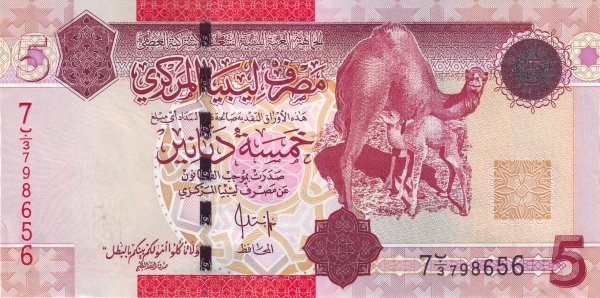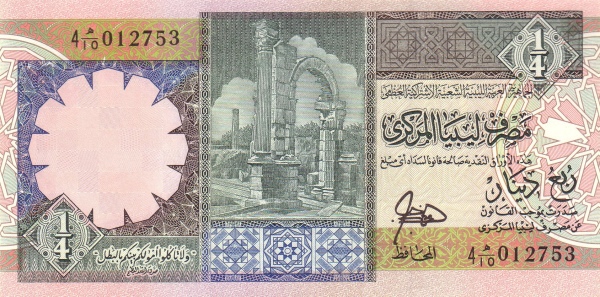Explore the Wonders of Libya
Libya, a fascinating country located in North Africa's Maghreb region, captivates visitors with its vast landscapes and rich history. Interestingly, approximately 90% of Libya consists of desert, specifically part of the Sahara. This arid environment makes agriculture and, consequently, human life feasible only in a few scattered oases. Despite its challenging climate, the nation boasts stunning views and cultural heritage that intrigue travelers and researchers alike.
Geographical Beauty and Diversity
As the fourth largest country in Africa, Libya encompasses an area comparable to that of Spain, Portugal, France, Germany, and the UK combined. Within this significant landmass, various geographical features emerge. The Mediterranean coastline attracts people with its azure waters and gentle breezes. Meanwhile, the highlands and extensive deserts, covering about 90% of the interior, present a picture of stark beauty and isolation.
Climate and Environment
The climate varies dramatically between the coastal regions and the desert landscapes. Along the Mediterranean coast, you will find a pleasant Mediterranean climate, characterized by mild, wet winters and hot, dry summers. In stark contrast, the interior experiences extreme heat and dryness, particularly during the summer months. As a result, Libya presents a unique blend of environments that influence its flora, fauna, and human activities.
A Glimpse into Libya’s History
Libya's journey through history is equally compelling. The nation gained independence on 24 December 1951, emerging from a period under UN trusteeship. Interestingly, a pivotal moment occurred on 1 September 1969, when a revolution led to the overthrow of the monarchy. This event eventually paved the way for the establishment of a constitution on 11 December 1969, which underwent amendments on 2 March 1977. This constitution introduced popular congresses and people's committees, reflecting Libya's aspiration for a more participatory form of governance.
Society and Culture
The population of Libya stands at around 6.3 million, which includes approximately 0.6 million non-nationals, primarily from sub-Saharan Africa. Ethnic diversity marks Libya, as 97% of its population identifies as Berber and Arab. However, the nation also welcomes communities of Greeks, Maltese, Italians, Egyptians, Pakistanis, Turks, Indians, and Tunisians, contributing to its rich tapestry of cultures. The major religion practiced here is Sunni Islam, with about 97% of the populace adhering to these beliefs.
Language and Education
Arabic serves as the primary language in Libya, while English, French, and Italian find their place in major cities, facilitating communication and commerce. With a literacy rate of 82.6%, the country places importance on education. This emphasis on learning has laid the groundwork for a population that seeks knowledge and engagement in the broader world.
Libya’s Economic Resources
Libya is rich in natural resources, primarily known for its vast petroleum reserves and natural gas. These resources significantly contribute to the nation's economy, forming the backbone of its industrial sector. Additionally, the country produces gypsum, which plays a vital role in various construction projects. Agriculture, although challenged by the arid environment, provides essential products such as wheat, barley, olives, dates, and various vegetables. Cattle farming also exists, showcasing a diverse agricultural landscape.
Industrial Growth and Development
When considering industries, Libya excels in petroleum and natural gas extraction. The iron and steel sector also thrives, supporting the nation’s infrastructure. Food processing, textiles, handicrafts, and cement production further bolster the economy, providing jobs and resources for the population. Each industry plays a crucial role in fostering stability and growth, enabling Libya to carve a niche for itself on the global stage.
Tourism and Heritage
Tourism in Libya, while still developing, possesses great potential. Ancient sites from the Roman Empire, such as the ruins of Sabratha and Cyrene, draw history enthusiasts from across the globe. Additionally, the vibrant cultures and traditions of the Libyan people offer a warm welcome to visitors. From the bustling markets of Tripoli to the serene oases in the desert, Libya presents an array of experiences waiting to be explored. Furthermore, its dramatic landscapes attract adventurers and explorers eager to discover this enigmatic land.
Challenges and Resilience
The journey of Libya has not been without obstacles. Political instability, economic fluctuations, and security concerns have posed challenges in recent years. Nevertheless, the resilience of the Libyan people shines through. They continue to strive for a brighter future while holding onto their rich cultural heritage. As Libya paves its path toward recovery and growth, the world watches closely, eager to witness the extraordinary transformation of this remarkable nation.
Looking Ahead
In conclusion, Libya stands as a country of contrasts and possibilities. Its abundant natural resources, diverse culture, and rich history create a landscape ripe for exploration and development. As the country moves forward, it holds the potential to emerge as a key player in the region, bridging the past with a hopeful future. Embracing its unique identity and resilience, Libya is a nation poised for a renaissance that promises a vibrant tomorrow.
Largest cities of: Libya
| City Name | Population | Year of foundation | |
| Tripoli | 1,153,000 | 688 B | |
| Benghazi | 650,000 | circa 500 B | |
| Misrata | 400,000 | 300 B | |
| Sabha | 200,000 | circa 500 B | |
| Zliten | 150,000 | 1470 B | |
| Tajura | 130,000 | 4000 B | |
| Khoms | 120,000 | circa 4000 B | |
| Derna | 100,000 | 201 |
Libya: Money
